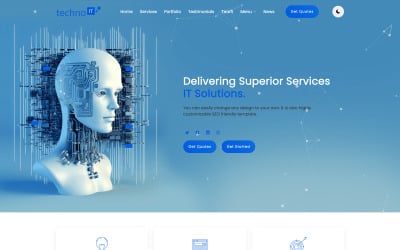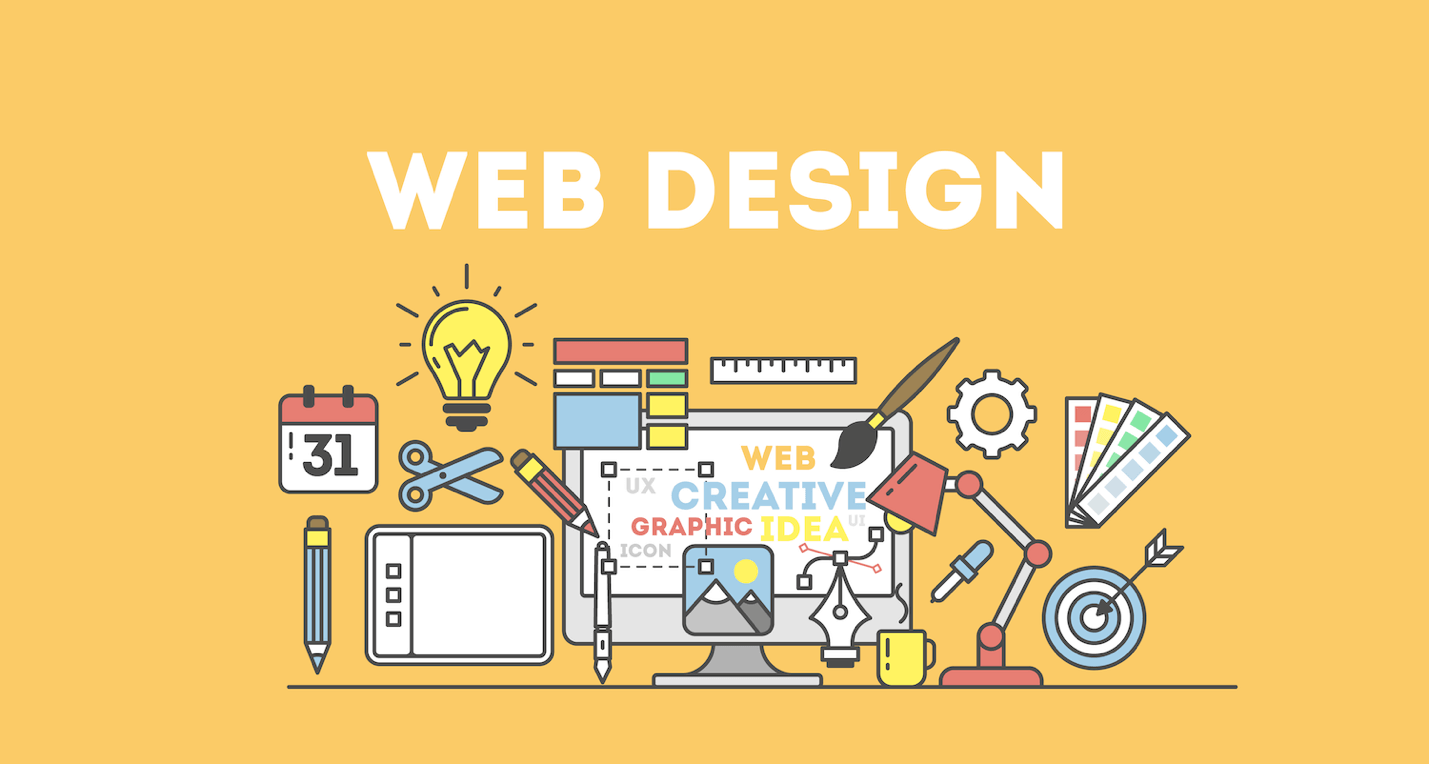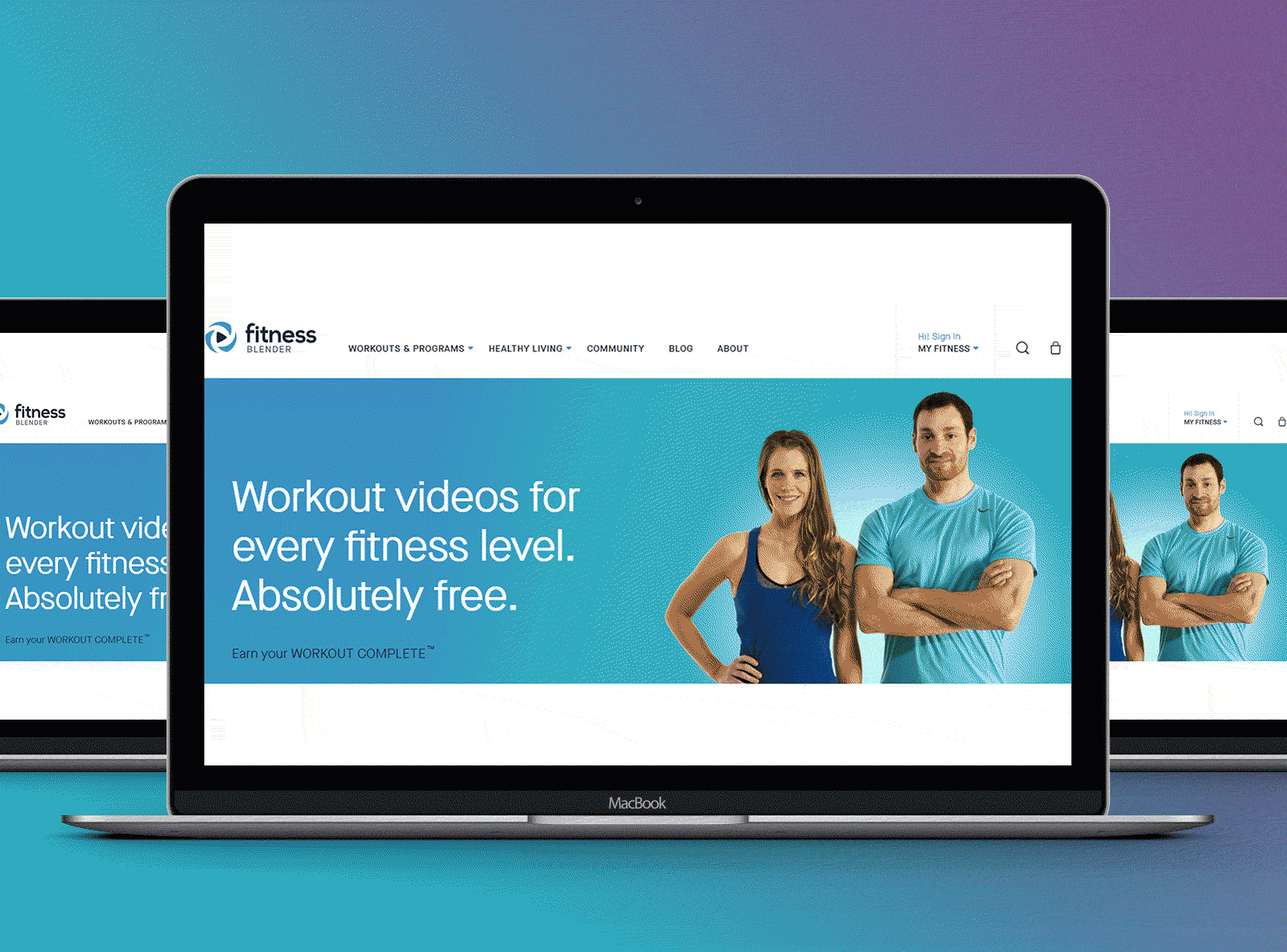Trick Concepts of Effective E-commerce Website Design
Trick Concepts of Effective E-commerce Website Design
Blog Article
The Power of User-Centered Internet Site Style in Expanding Your Online Target Market
Reliable layout concepts-- such as instinctive navigating and access-- are crucial in cultivating individual fulfillment and loyalty. What techniques can organizations adopt to guarantee their styles resonate with users and inevitably drive development?

Understanding User-Centered Design
User-Centered Design (UCD) is a fundamental method to site advancement that prioritizes the needs, preferences, and behaviors of end users throughout the style procedure. This method stresses understanding users deeply-- through research methods such as meetings, studies, and usability testing-- to create an internet site that resonates with them. By including user comments at every phase, developers can make sure that the final item straightens closely with customer expectations.
UCD advertises iterative design, where prototypes are examined and fine-tuned based upon customer communications and experiences. This cycle not only improves functionality yet also promotes a feeling of ownership amongst customers, as they feel their input is valued and impactful. Additionally, UCD helps determine possible barriers and pain points in the customer journey, allowing designers to attend to these challenges proactively.
Ultimately, welcoming UCD results in web sites that are a lot more instinctive, engaging, and reliable. By positioning customers at the center of the layout process, companies can create digital experiences that not just draw in yet also maintain their target audience, driving higher fulfillment and commitment. In a competitive on the internet landscape, this approach is crucial for accomplishing continual success.
Key Principles of Customer Experience
A successful individual experience (UX) depends upon a number of vital principles that lead the layout procedure and enhance communication in between users and the site. Functionality is extremely important; the site needs to be intuitive, allowing individuals to browse easily and discover details rapidly. This includes clear labeling and a logical structure that decreases cognitive load.
Second of all, availability plays an important duty in guaranteeing that all individuals, despite their capabilities or disabilities, can properly involve with the website. Incorporating alt message for images, keyboard navigation, and display viewers compatibility cultivates inclusivity.
Consistency is another vital concept. A natural style language, from color design to typography, helps users develop knowledge and trust with the site (Website Design). It additionally reinforces brand identification
In addition, feedback systems are essential. Individuals must get instant and clear responses to their activities, whether through visual signs or verification messages, which improves their confidence in browsing the website.
Lastly, mobile responsiveness can not be overlooked. With an increasing variety of individuals accessing websites using mobile phones, a design that adjusts perfectly to various display sizes is critical for keeping a positive customer experience.

Advantages for Online Involvement
Reliable online interaction provides numerous advantages that can substantially boost a web site's general performance - Website Design. By fostering meaningful communications in between users and the website, organizations can cultivate a loyal target market that returns with regularity. Involved individuals are most likely to share content, therefore boosting organic reach and attracting brand-new visitors via word-of-mouth promotion
Enhanced online interaction also brings about enhanced user contentment. continue reading this When individuals find a web site that resonates with their requirements, they are a lot more inclined to explore its offerings thoroughly, which can bring about higher conversion prices. Furthermore, interesting material urges users to invest more time on the website, decreasing bounce prices and positively influencing internet search engine ranking formulas.
Moreover, efficient engagement gives very useful understandings right into customer choices and habits (Website Design). By examining customer communications, organizations can customize their material and design approaches to satisfy the advancing click to read more assumptions of their audience. This adaptive strategy not only increases involvement however additionally reinforces the brand's track record as user-centric and receptive
Inevitably, prioritizing on the internet engagement with user-centered style creates a flourishing ecological community where both the target market and the company advantage, leading to sustained development and success in the electronic landscape.

Strategies for Reliable Design
To make best use of the advantages of online engagement, employing certain methods in internet site layout is paramount. First, user-friendly navigation is necessary; customers need to conveniently locate details without complication. A well-structured food selection, clear tags, and a sensible power structure boost the customer experience and minimize bounce prices.
Second, receptive layout is critical in today's multi-device setting. Making certain that an internet site adjusts flawlessly to numerous display sizes fosters ease of access, thereby accommodating a more comprehensive target market. This versatility not only improves customer contentment yet likewise positively impacts search engine rankings.
Third, making her explanation use of aesthetic pecking order guides users' focus to crucial components, such as telephone calls to action (CTAs) Employing contrasting shades, differing font dimensions, and calculated spacing can efficiently guide users towards preferred actions, facilitating better communication.
Furthermore, applying constant branding throughout all web pages builds trust fund and recognition. A natural shade imagery, plan, and typography strengthen brand name identification and create an expert appearance.
Last but not least, optimizing loading rates is crucial. Individuals are less most likely to involve with a slow-loading site, making efficiency optimization a vital aspect of efficient style. By incorporating these techniques, internet site makers can boost individual experience and ultimately grow their on the internet audience.
Real-World Success Stories
Success stories in user-centered site style highlight the substantial advantages of focusing on customer experience. As an outcome, they experienced a 250% increase in online donations, demonstrating how an intuitive style can drive individual interaction and support.
One more compelling situation is that of Airbnb, which used user-centered style principles to improve their booking process. By simplifying the user journey and integrating personalized recommendations, they considerably decreased site abandonment prices. This emphasis on customer experience added to an earnings development of over 70% in a single year, highlighting the correlation between properly designed user interfaces and economic success.
Moreover, the ecommerce giant, ASOS, executed user screening to improve their mobile application. By attending to individual pain factors, they accomplished an exceptional 30% increase in mobile sales. These instances highlight that spending in user-centered style not only enhances customer complete satisfaction but additionally drives concrete company outcomes, enhancing the important function of user experience in attaining on the internet growth.
Verdict
By prioritizing individual demands and preferences, companies can produce instinctive and accessible electronic experiences that cultivate commitment and drive conversions. The assimilation of customer feedback throughout the design process not only decreases bounce rates however likewise motivates expedition.
User-Centered Style (UCD) is a basic strategy to internet site growth that focuses on the demands, choices, and actions of end customers throughout the design procedure. By integrating individual comments at every stage, designers can guarantee that the final product aligns closely with customer assumptions.
An effective individual experience (UX) hinges on several key principles that guide the design procedure and improve interaction between users and the internet site.Success tales in user-centered web site style show the tangible advantages of focusing on individual experience. These examples highlight that spending in user-centered style not only enhances customer fulfillment however also drives substantial organization results, reinforcing the critical duty of individual experience in achieving on-line growth.
Report this page